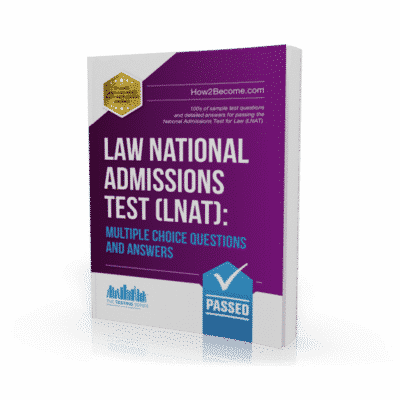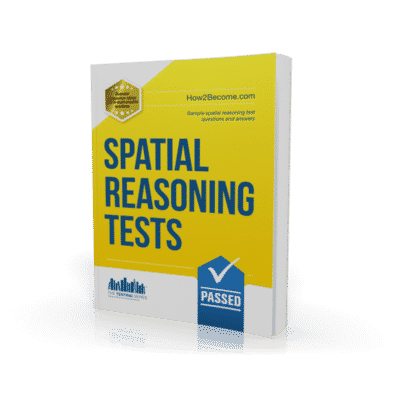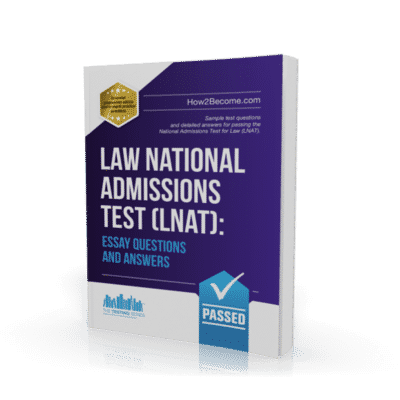If you are thinking about sitting the BioMedical Admissions Test (BMAT), then it’s important to prepare yourself beforehand. The BMAT is one of the toughest admissions test out there – and deliberately so. Used to assess candidates in the medicine, dental, and veterinary sectors, the test is designed to push you to your limits, and filter out candidates who aren’t ‘elite’ in this respect. In this blog, we’ll provide you with useful tips and advice about the exam, and how to pass.
What Is The BMAT?
The Biomedical Admissions Test, more commonly known as the BMAT, is an entry exam for people who wish to study the following:
- Medicine;
- Dentistry.
- Veterinary medicine
- Biomedical science
The test lasts for two hours, and is a pen and paper exam. The test can be taken either in October or August, with no difference in scoring or format between dates.
BMAT Fees
If you are taking the BMAT, you will need to pay to sit the exam.
- £48 for EU-based candidates;
- £81 for candidates outside of the EU;
- £34 for additional late entry.
Depending on circumstances, you may be eligible for a reimbursement. You will need to apply for this when you register to take the Biomedical Admissions Test.

Which Universities Use The BMAT?
The BMAT is required by certain universities. Below is a list of universities that requires students to undertake the BMAT assessment. Click on each university to be redirected to their official webpage.
Brighton & Sussex Medical School
University of Oxford Medical School – Graduate Medicine only for September Exam
International
Chiang Mai University (Thailand)
Chulalongkorn University (Thailand)
Khon Kaen University (Thailand)
King Mongkut’s Institute of Technology Ladkrabang Faculty of Medicine (Thailand)
Lee Kong Chian School of Medicine (Singapore)
University of Leiden (Netherlands) – February exam only
Navamindradhiraj University faculty of Medicine
Nazarbayev University School of Medicine
Srinakharinwirot University (Thailand)
Suranaree University of Technology (Thailand)
Thammasat University (Thailand)
The BMAT Format
There are three sections to the BMAT in total. These are as follows:
BMAT Section 1 – Aptitude and Skills
The aptitude and skills section of the BMAT tests your ability to problem solve, understand arguments, and analyse data. There are three different elements to this section – Verbal, Mathematical, and Spatial. Section 1 lasts for 60 minutes, and consists of 35 multiple-choice questions.
Verbal – The BMAT section 1 verbal questions will ask you to read a series of short passages of text, and then answer questions based on the text. The questions will ask you to identify arguments and assumptions within the text, as well as asking you questions related to the author’s intent/tone/choice of language.
Mathematical – The BMAT section 1 mathematical questions will ask you to solve a series of problems using your mathematical skills. These are not pure maths questions, but instead challenge your problem solving and basic maths ability. You will not be able to use a calculator. So, during your BMAT preparation, try and solve problems without the use of a calculator.
Spatial – The BMAT section 1 spatial questions will focus on putting 3-dimensional shapes together, using 2-dimensional plans. These are often the toughest part of the section, as the majority of people are unfamiliar with the approach needed – therefore it is highly recommend that you practise thoroughly beforehand.
BMAT Section 2 – Scientific knowledge and applications
The BMAT Section 2 is arguably the hardest part of the whole test. This section will require you to demonstrate your scientific knowledge, and covers all three of Biology, Chemistry, and Physics.
BMAT Section 2 requires detailed scientific knowledge, and in-depth BMAT preparation. It covers Chemistry, Biology and Physics. There is also a Maths section.
Many students find Physics the most challenging. That’s because the proportion of Medical School applicants still studying Physics is lower.
In BMAT Section 2, you will be presented with 27 multiple choice questions. These are to be answered in just 30 minutes. So it can feel quite time pressured. The questions require GCSE-level science. So, use this knowledge in your BMAT preparation.
The questions are, however, not straightforward science questions of the kind you might expect at GCSE or A-Level. Instead, they require you to apply your scientific knowledge, using the problem solving skills tested in Section 1.
BMAT Section 3 – Writing Task
The third and final section of the BMAT requires you to construct a short essay – covering one side of A4 paper. The limitations on this are strict – you cannot write more than one side of A4, and therefore you need to be concise and succinct with your words.
The paper will give you a choice of four subjects – from which you must choose one option to write about. You’ll be given a short quote or statement, and must then explain the statement, either arguing for or against it, before finally concluding by stating whether you agree with the statement. Sometimes, the quotes are science-based (for example from famous scientists) but in other cases they are not.

How is the BMAT scored?
Both section 1 and section 2 of the BMAT are scored similarly – with each question being worth one mark. You will be scored on a scale, from 1-9, with 1 being the lowest and 9 being the highest. There isn’t an established pass mark for this section, instead your results will be compared against other candidates. Usually, a score of 7 or higher is considered exceptional. To score 7, you will need to put in a huge amount of BMAT preparation.
Section 3 is scored differently, given that it’s an essay-based task. This paper will be marked by two examiners, who will give you an alphabetical mark for the quality of your written English and also a numerical score for the actual content of your writing.
The two scores can be broken down as follows:
Written English
There are 3 possible marks for this: A, C, or E. A is the highest, and E is the lowest. Scoring A indicates a good use of English, a fluent essay and grammar, whereas E indicates a weak use of English, and an essay that is difficult to follow, with poor grammar. C, naturally, is somewhere in the middle.
Quality of Content
The content of your essay is scored from 1-5, with 1 being the lowest and 5 being the highest. A score of 1 indicates that while your answer addresses the question, it does not cover it succinctly, and there is a good deal of confusion surrounding your ideas. On the other hand, a 5 indicates that you have provided a fantastic answer, with no weaknesses. So, if you’ve scored 5, it’s a good indicator that you’ve done the right amount of BMAT preparation!
Once both the written English and quality of content have been scored, the examiners will put your marks together to give you an average score.
BMAT Preparation – Advice and Resources
Given how tough the BMAT is, it makes sense that you will need to put in a lot of hard work to prepare for the assessment. Luckily, there are lots of options available for anyone seeking to prepare for the BMAT. Here at How2Become, we have a wealth of resources which can help you to gain the knowledge and skills required for your BMAT assessment. Below we’ve included some links for products that will assist with individual elements of BMAT preparation.
BMAT Section 1: Verbal

Our LNAT multiple choice book is jam-packed with argument-based questions, which will help you to practise the skills needed for the verbal section of BMAT.
BMAT Section 1: Mathematics

Our GCSE Mathematics higher tier guide is ideal for helping you to practise maths-based problems, similar to what you’ll encounter during the BMAT.
BMAT Section 1: Spatial Reasoning

Practise Spatial Reasoning with our excellent practice test questions. This is one of the hardest elements of the BMAT, so make sure you are prepared!
BMAT Section 3: Writing Task

Our LNAT essay guide is the perfect resource for you. We’ve packed this guide full of practise essay topics – so you can get experience prior to the real test!
Of course, another way you can prepare for the BMAT is via the official BMAT website. From here, you will be provided with an array of BMAT practice resources including sample papers and test specifications.
Below we have outlined just a few key tips that will really help you when it comes to BMAT preparation.
- Familiarise yourself with the BMAT process. Read through the official BMAT website.
- Study the content of the BMAT exam.Understand the different types of question that you will face during the exam.
- Understand how to reach the correct answers.
- Download and practice sample papers to help you prepare for the BMAT exam.
- The first section (Aptitude and Skills) tests your ability to think critically, solve problems, and analyse data. Although no subject knowledge is required here, you need to be able to demonstrate the key skills required for subjects such as Medicine, Dentistry and Veterinary Science.
- The second section (Scientific Knowledge and Applications) requires an in-depth understanding of GCSE subjects including all Science subjects and Maths.
- The last section (Writing) will assess your written communication. Although you won’t know the topic that you’ll be assessed on, you need to show that you have the ability to organise and communicate your ideas fluently.

